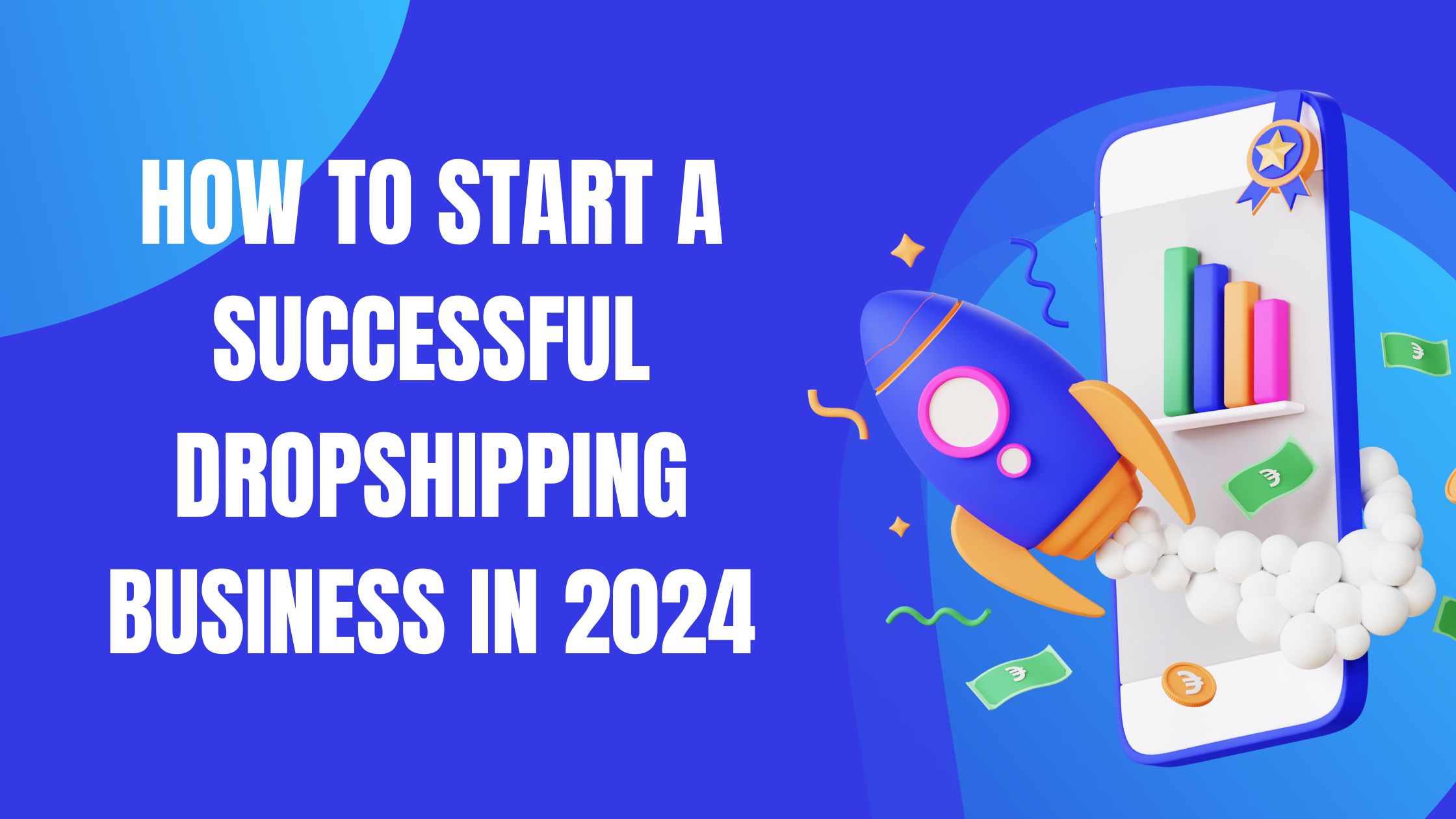Dropshipping has become a popular business model for entrepreneurs looking to start an online business with minimal upfront investment. In a dropshipping business, the seller doesn’t need to hold inventory or handle shipping logistics. Instead, the supplier fulfills orders directly to the customers. If you’re considering starting a dropshipping business, this comprehensive guide will walk you through the steps to launch and grow a successful venture.
1. Understand the Dropshipping Model
Before diving into the world of dropshipping, it’s essential to understand how the business model works. In dropshipping:
- You set up an online store to showcase products from suppliers.
- Customers place orders on your website.
- You forward these orders to the supplier or manufacturer.
- The supplier ships the products directly to the customer.
- You earn a profit margin on each sale without the hassle of inventory management or shipping.
2. Choose a Profitable Niche
Selecting the right niche is crucial for the success of your dropshipping business. Conduct thorough market research to identify profitable niches with high demand and low competition. Consider factors such as product popularity, profit margins, target audience, and market trends. Look for niches that align with your interests, expertise, and passion to maintain motivation and enthusiasm for your business.
3. Find Reliable Suppliers
Partnering with reliable suppliers is essential for ensuring product quality, timely delivery, and customer satisfaction. Research and vet potential suppliers to find reputable ones with a track record of reliability and responsiveness. Look for suppliers with a wide range of products, competitive pricing, and fast shipping times. Consider using dropshipping platforms like Oberlo, AliExpress, or SaleHoo to connect with trusted suppliers and streamline the product sourcing process.
4. Set Up Your Online Store
Choose a suitable e-commerce platform to build your online store. Popular options include Shopify, WooCommerce, and BigCommerce. Select a user-friendly, customizable platform that offers essential features such as product listings, payment processing, order management, and marketing tools. Customize your store’s design, layout, and branding to create a unique and professional storefront that resonates with your target audience.
5. Source High-Quality Product Images and Descriptions
Product imagery and descriptions play a vital role in attracting customers and driving conversions in a dropshipping business. Use high-quality images that showcase products from different angles and highlight key features. Write compelling product descriptions that accurately describe the benefits, specifications, and uses of each item. Optimize product titles and descriptions for search engines to improve visibility and attract organic traffic to your store.
6. Implement Effective Marketing Strategies
Marketing is essential for driving traffic and generating sales in a dropshipping business. Develop a comprehensive marketing strategy that combines various tactics to reach your target audience and promote your products effectively. Utilize social media marketing, content marketing, email marketing, influencer partnerships, and search engine optimization (SEO) to increase brand awareness and attract potential customers to your store. Experiment with different marketing channels and track the performance of your campaigns to optimize for maximum ROI.
7. Provide Excellent Customer Service
Delivering exceptional customer service is key to building trust, loyalty, and repeat business in a dropshipping business. Respond promptly to customer inquiries, address concerns or issues promptly, and provide personalized support throughout the purchasing process. Offer multiple channels for customer communication, such as live chat, email, and phone support, to accommodate diverse preferences and ensure a positive shopping experience. Focus on exceeding customer expectations and going above and beyond to delight your customers.
8. Analyze Performance and Optimize Operations
Regularly monitor and analyze key metrics and performance indicators to assess the health and success of your dropshipping business. Track sales, conversion rates, customer acquisition costs, and other relevant metrics to identify strengths, weaknesses, and areas for improvement. Use analytics tools and reports provided by your e-commerce platform to gain insights into customer behavior, market trends, and sales performance. Continuously optimize your product offerings, marketing strategies, and operational processes to maximize efficiency and profitability.
Conclusion
Starting a successful dropshipping business requires careful planning, strategic execution, and ongoing optimization. By understanding the dropshipping model, choosing a profitable niche, finding reliable suppliers, setting up a professional online store, sourcing high-quality products, implementing effective marketing strategies, providing excellent customer service, and analyzing performance, you can build a thriving dropshipping business that generates sustainable revenue and long-term success. Remember to stay adaptable, stay informed about industry trends, and continually adapt your strategies to meet the evolving needs of your customers and market. With dedication, perseverance, and a focus on delivering value, you can achieve your entrepreneurial goals and create a profitable dropshipping business.

